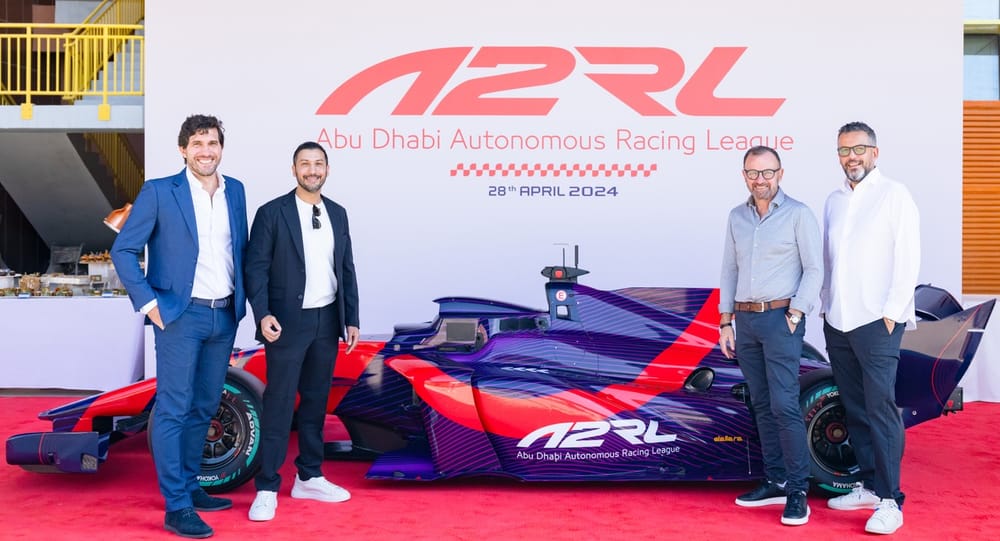A groundbreaking autonomous racing series is coming for 2024, with 10 teams from across the globe set to be involved in the new Abu Dhabi Autonomous Racing League - A2RL when the pioneering new concept launches next April.
April 28 is the milestone date for the A2RL next year, as teams from the UAE, China, Germany, Hungary, Italy, Singapore, Switzerland, and the US gather to compete in the first race featuring the autonomous, modified version of the Dallara-developed Super Formula SF23 car.
That will be staged at the Yas Marina circuit - host last weekend to the Formula 1 season-ending Abu Dhabi Grand Prix - with a prize fund of $2.25million on the line.
The A2RL brief
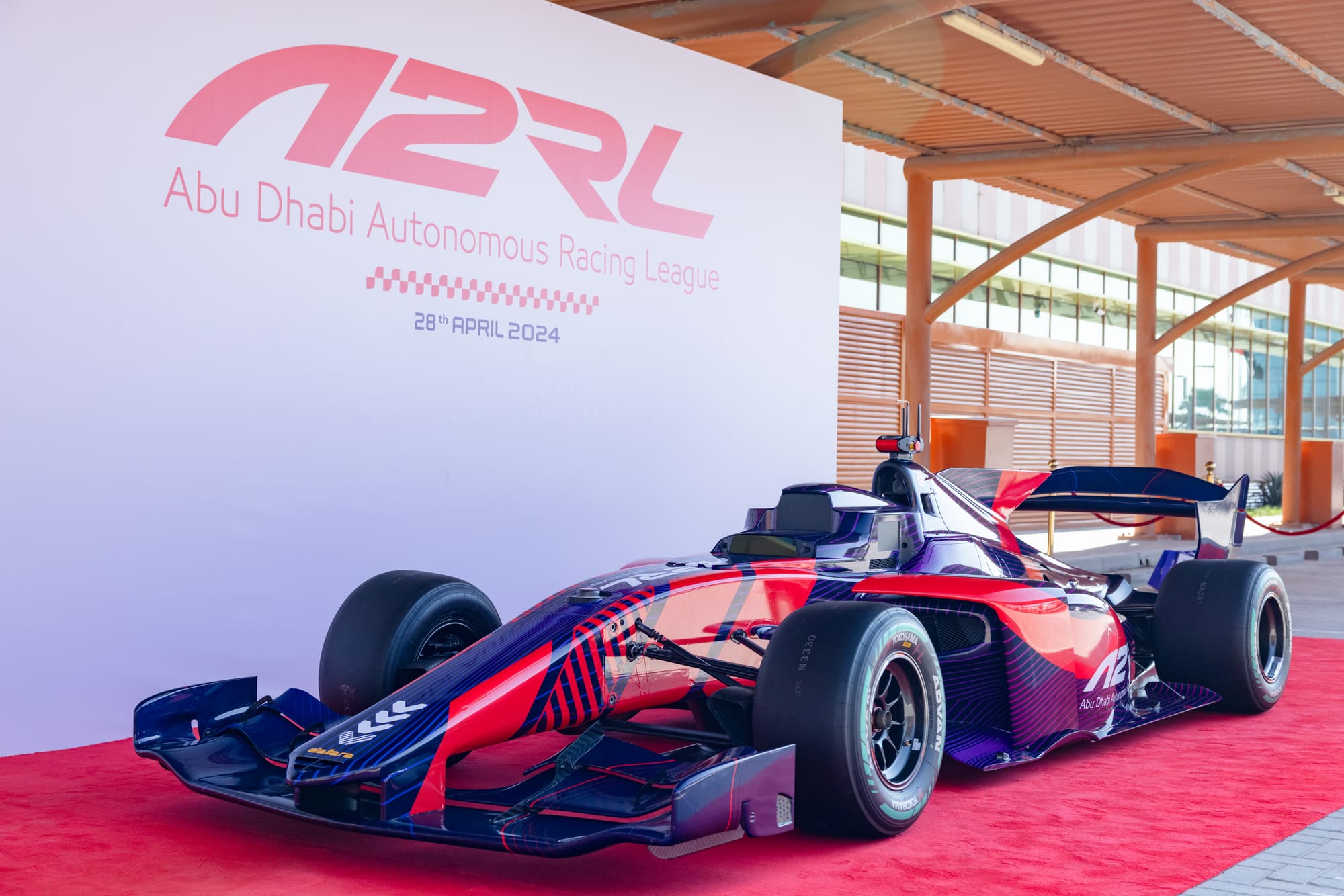
A2RL is planned as an annual event - next year's April 28 race marking the first such fixture - featuring the modified, driverless version of the SF23, which is capable of speeds of 300km/h and has completed a full week of autonomous testing at Yas Marina.
Its inaugural edition is set to feature 10 teams, which will have a comprehensive build-up period to the first race - including two weeks at the circuit in the direct lead up.
Each team's base car will be identical but teams will have the freedom to 'code' their cars as they see fit in preparation for the main event.
The A2RL concept comes from the ASPIRE group, the programme development arm of the UAE capital's Advanced Technology Research Council.
How the autonomous element will work
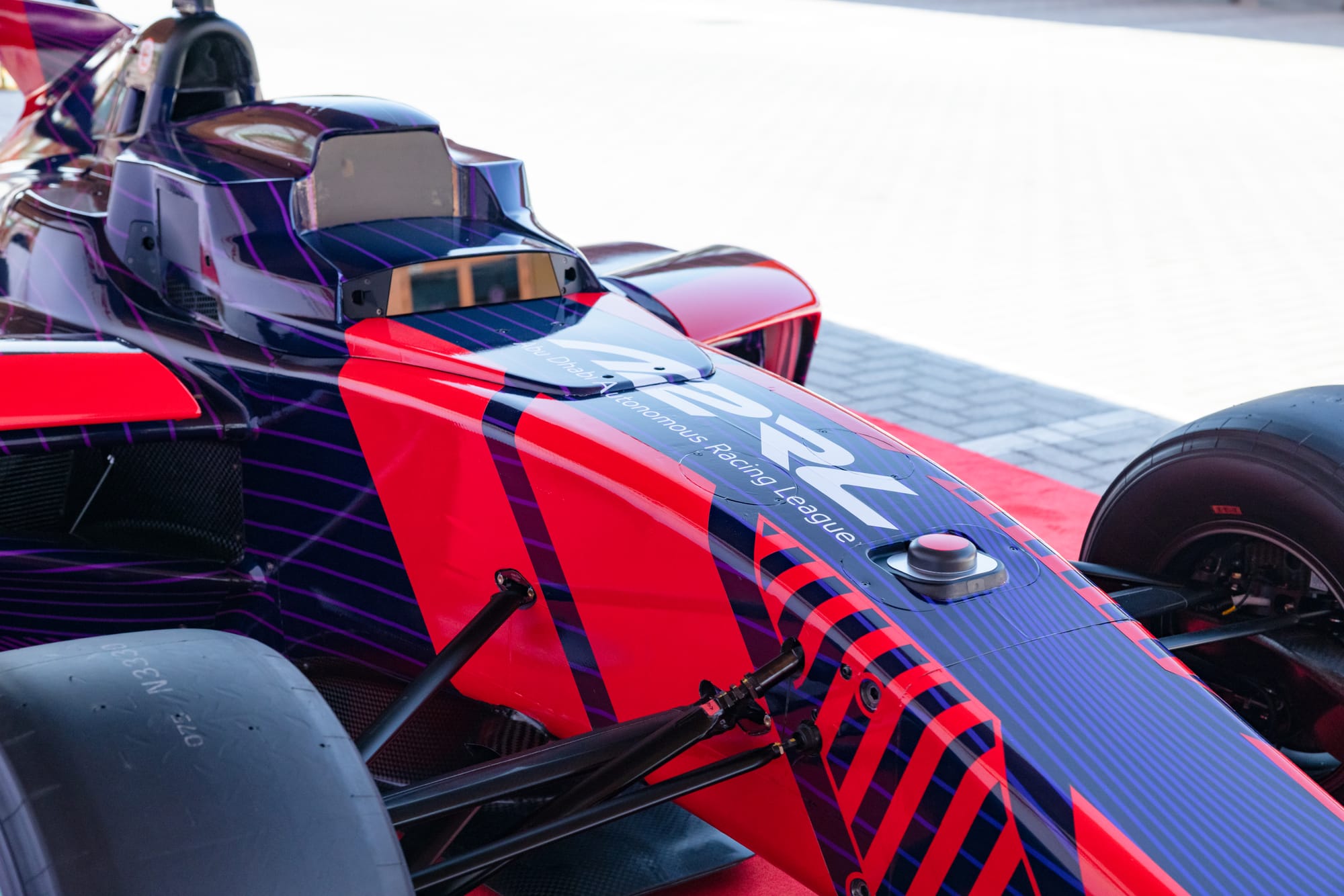
The modified version of the SF23 switches out the driver and replaces them with an "autonomous racing stack".
This stack will then, in the words of Tom McCarthy, ASPIRE executive director, "utilise all the data collected from a perception stack and drive the car autonomously around the track".
McCarthy likens it to "switching roles": whereas a driver in F1 "does all the actuation" but is backed up by a team on the pitwall, in the garage, and back at a team's factory, with an autonomous car "the actual person that is at the wheel is the coder" and the insight is in the car itself.
"We have to build a custom built actuation kit that is linked by the drive-by-wire system to a computer that sits where the driver would normally sit," says McCarthy.
"And on top of this there’s what we call an autonomous perception stack. So that’s made up of cameras, radar, and GPS. And the data that’s collected by all of this is fed into the computer.
"Now that is in addition to all the other sensor data that you would normally collect. Then there’s a fusion of that code by the developers and they have to programme the car to deal with the movement of the car on the track locally, the global planning movement of the track and ultimately they have to put in place the ability for that car to navigate the track as effectively and efficiently and as fast as possible, and to avoid obstacles like other cars and passing those cars as well.
"So the challenge then is for the coder. This car is a completely one design car at the moment, but the difference between the teams is the coding. And that coding has to be done in advance. There isn’t in-race interference and adjustment."
How teams prepare
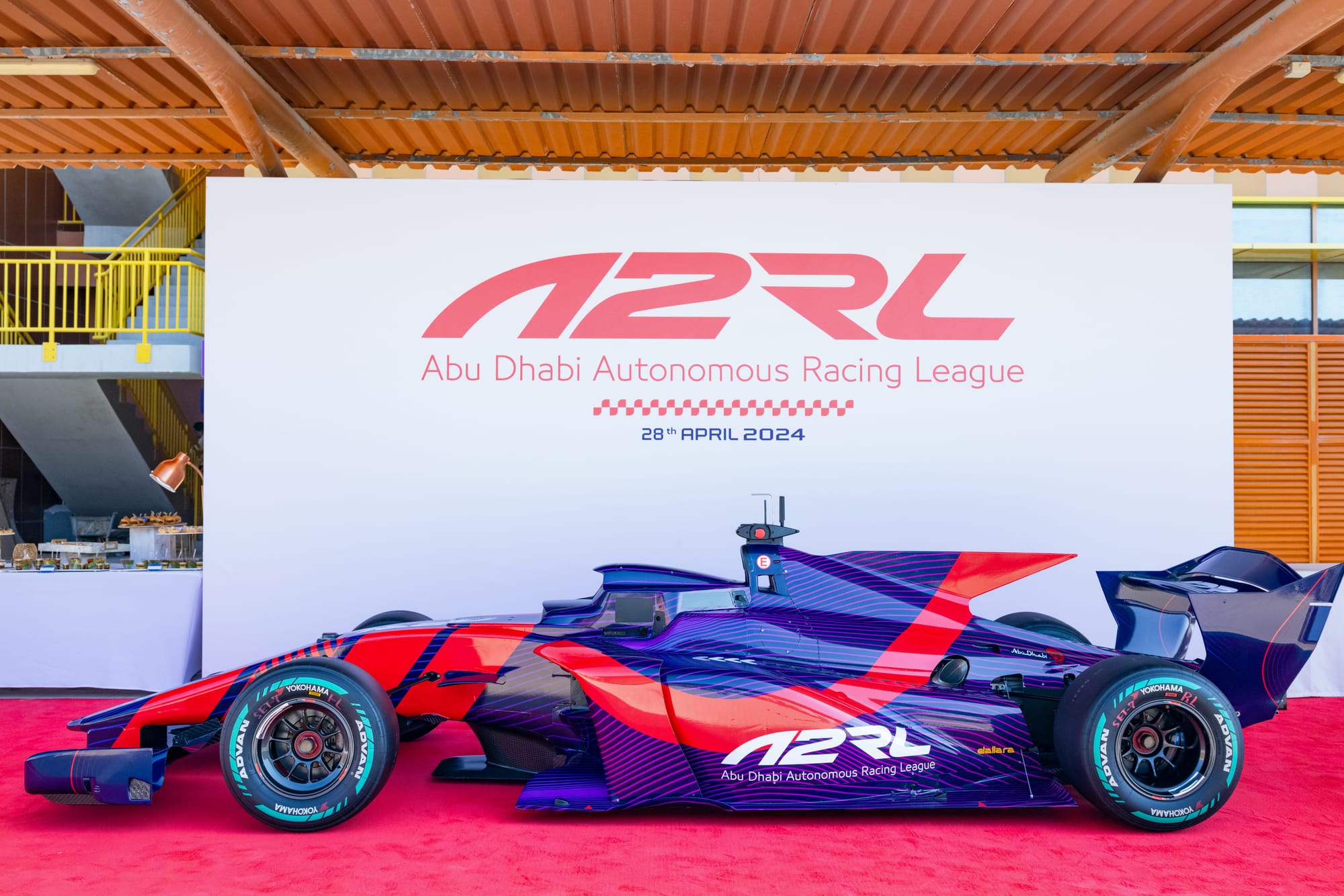
Teams will be afforded "a lot of training in advance" - A2RL has the Yas Marina circuit for two weeks in the lead up to the race.
The series assembles all of the cars and is working with Dallara and its suppliers to deliver them to the teams, which will receive their cars equipped with base-level software. This means they will be "capable of moving around" already.
It is then a team's choice, McCarthy says, to either "build on the software we've put in" or "go to the basic system codes themselves and build it from there".
"But I guess, one of the differentiators you have to think about is there’s a behavioural element to this," he adds.
"What will really make a difference I think will be planning module of the software, which is familiar to all people involved in motorsport: what racing lines do you take for entry, for exit? You can take a more aggressive or a more conservative approach, and I think if we look at any racing drivers, the personality of the drivers will in itself create a reputation as well.
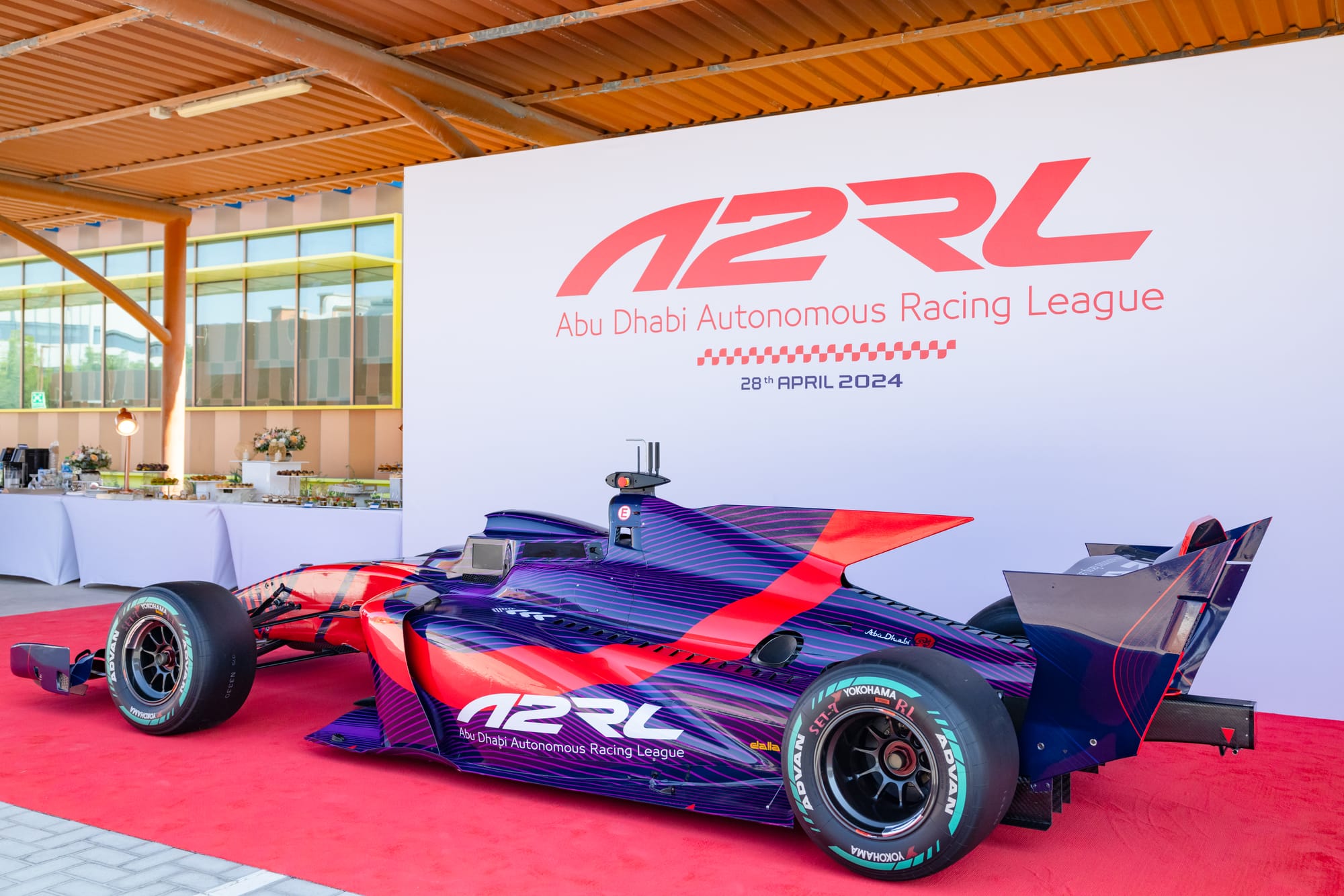
"If I’ve raced against a guy a lot and I believe he’s going to behave in a certain way, he may have established over time a reputation that causes me to alter and change the way I think.
"So you’re going to see exactly the same thing probably here, in that the behavioural component of the programming will ultimately be determined by the preference for risk and adjustment by the different teams."
Teams will also have access to A2RL's simulator - on which they can experiment with different race formats - and will have access to data collected from a shakedown with the SF23.
This will take place in January and February 2024, while during the two-week build-up teams will be given a runplan and "milestones" they are required to achieve.
McCarthy says he is "very confident" with a single car on track that the autonomous versions will be capable of being within 2-3% of what a driver could achieve by the conclusion of the event.
The format
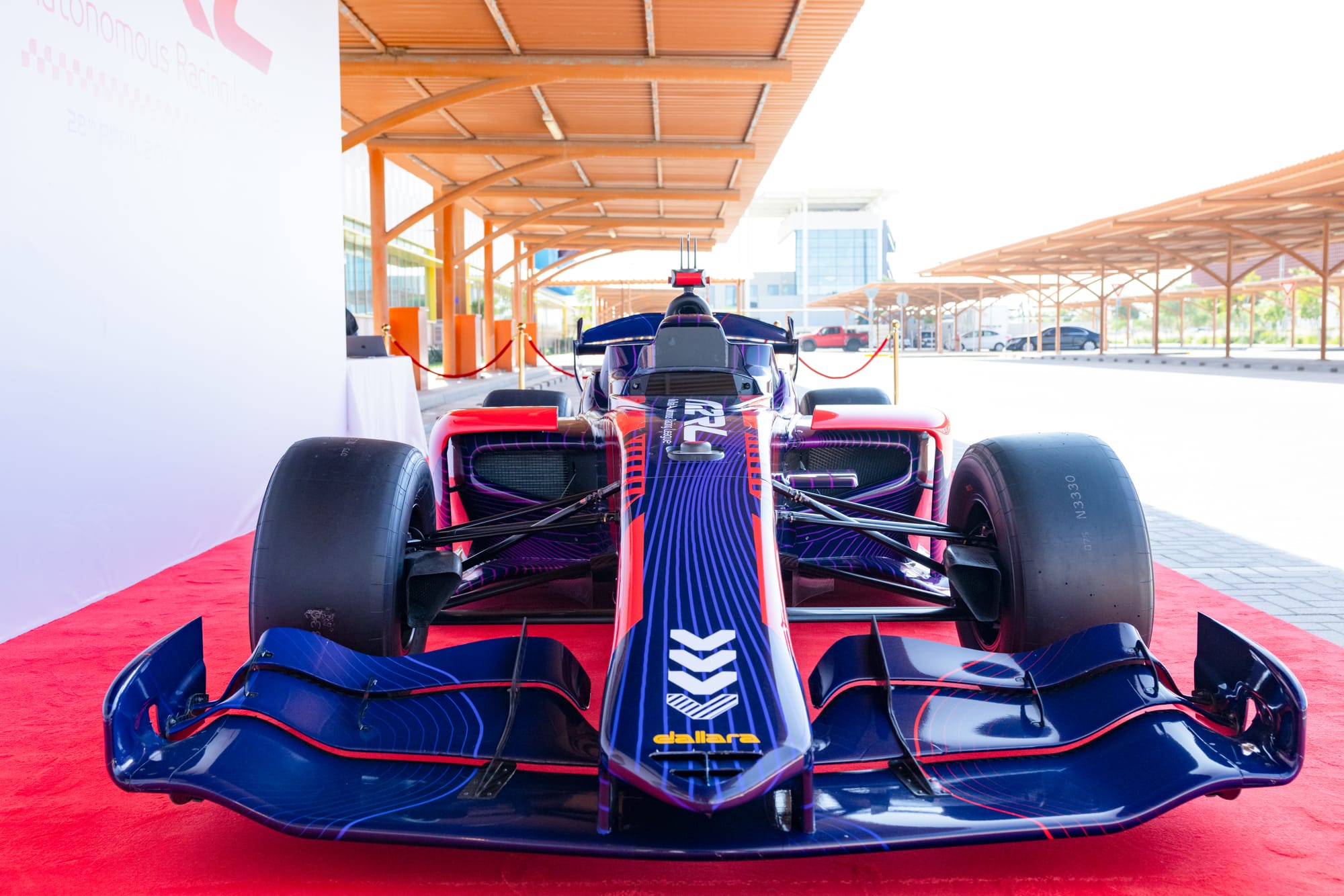
That aforementioned runplan feeds into the build-up to the April 28 race and will have a degree of "collaborative effort" given part of the mission statement's focus on technological advancement, but this will give way to competition elements.
While the intricacies of the racing programme will be shared at a later date, the event will centre around a "mixed framework" with a variety of race formats.
A big focus for A2RL is on the "scientific barrier" of having multiple autonomous cars on track at the same time.
McCarthy says having such an approach will "give excitement on the one hand" while also pushing the "technological boundaries on the other".
"When we started out in doing this we said we wanted to start at the front tiers of science, not do something that was easy," he says.
"And in the culture of how we’ve done this, we’ve done everything, from getting the most exciting and fastest one design racing vehicle today to be used here. But also, we want to push where science is at.
"We know that you can put two cars out on a track and race against each other autonomously. You can do that at a fair amount of speed, and that becomes a core element of the race.
"But we also want to go beyond that, and in order to go beyond that we are setting a different number of sorts of races. So there are full-lap races, but there will also be different sprint-type races that will occur as we move to the conclusion [the April 28 race].
"So the competition at the end is a competition and in the same way science is, everyone wants to be the first one to publish the paper. So that’s the way we work it.
"So those two weeks will go through a number of different race formats and if you look at any sport, you take showjumping, where do they end at the end of the day in the puissance events where they keep putting the wall up higher and higher until [a] fail comes.
"So what you will see throughout the day is racing at levels that have been achieved to date, and then some shorter exciting races to push speed with multiple cars on the track, and then pushing to the limits of science and pushing beyond that."
The wider vision
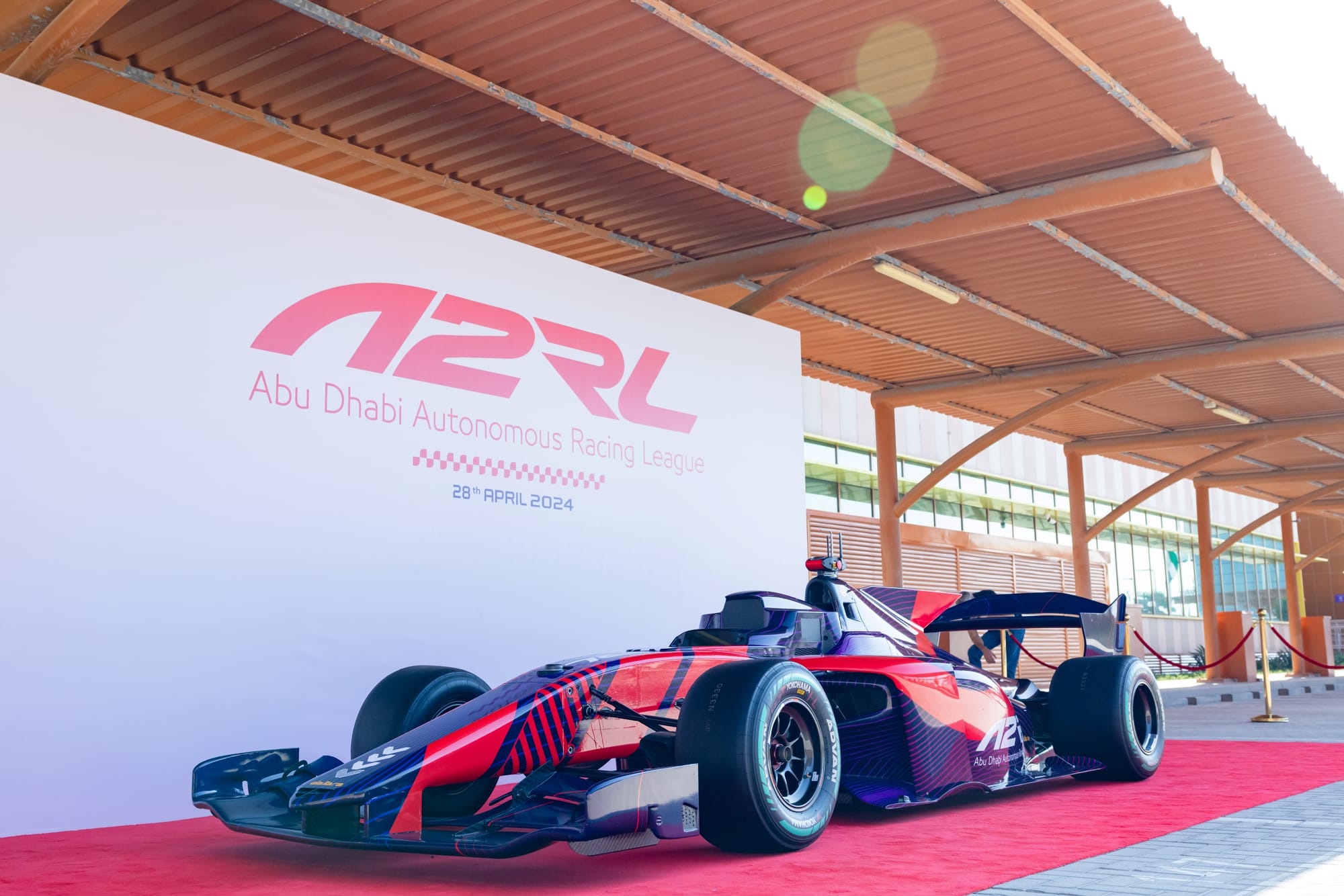
A2RL promises to bring together "the exciting impact of AI on our lives and its incredible potential for autonomy" by demonstrating the "remarkable pace" autonomy is developing at through this driverless series.
This is the first step in what ASPIRE plans will later also extend to the realm of autonomous drones and dune buggies.
It has also set out four wider goals it hopes to achieve:
- Pioneering the future of transport: that is, "stress-testing" on the track to improve autonomous vehicles' safety on roads
- Inspiring the next generation of STEM talent: the A2RL wants its teams to be "embracing curiosity, reimagining possibilities, reinventing ideas, and re-engineering a brighter tomorrow"
- Accelerating Abu Dhabi's knowledge economy: A2RL wants to serve as a "dynamic R&D hub" for Abu Dhabi by offering "an immersive experience into the world of AI"
- Creating an impact beyond the track: it's hoped that the research and development from this process can be applied far beyond the autonomy sector
To find out more about this groundbreaking event, with more details released about the teams and format in the lead up to the event, visit the A2RL website here


